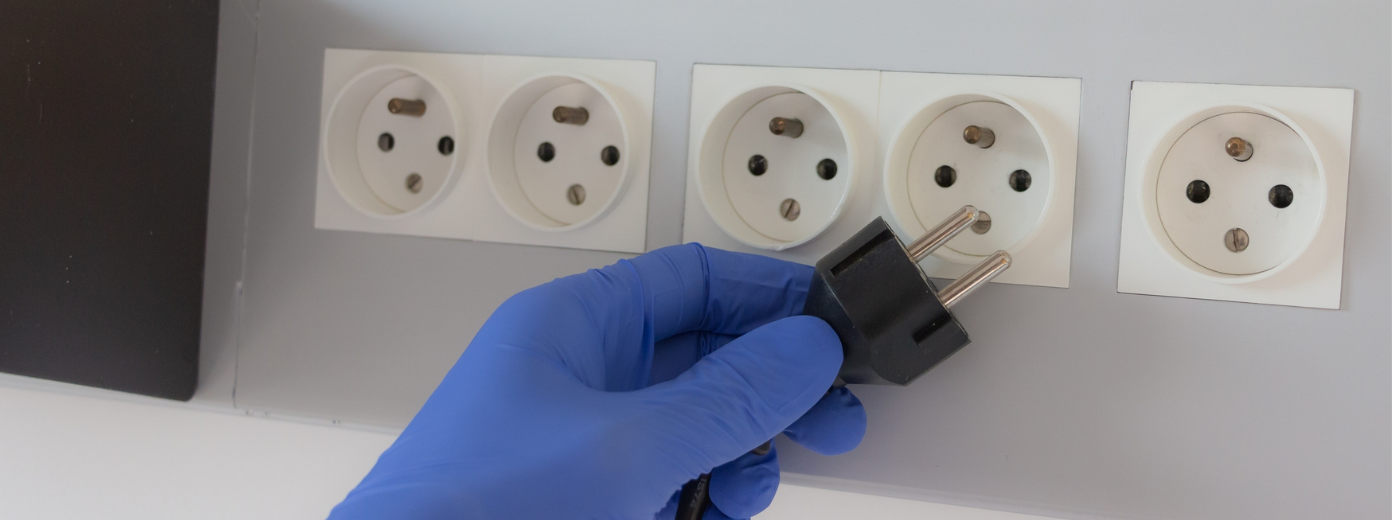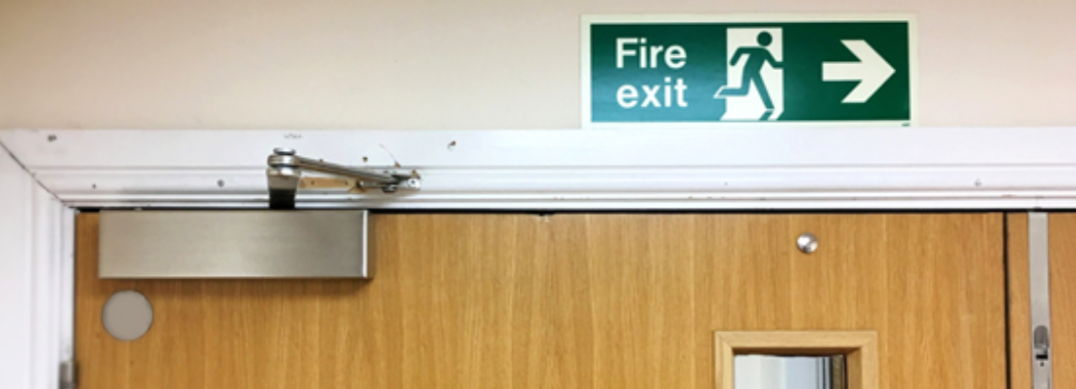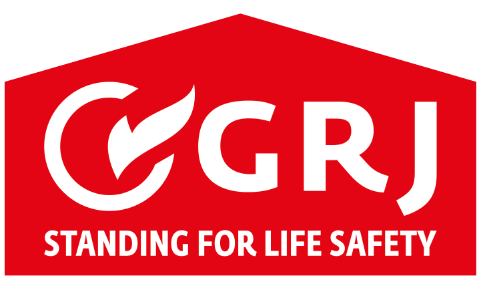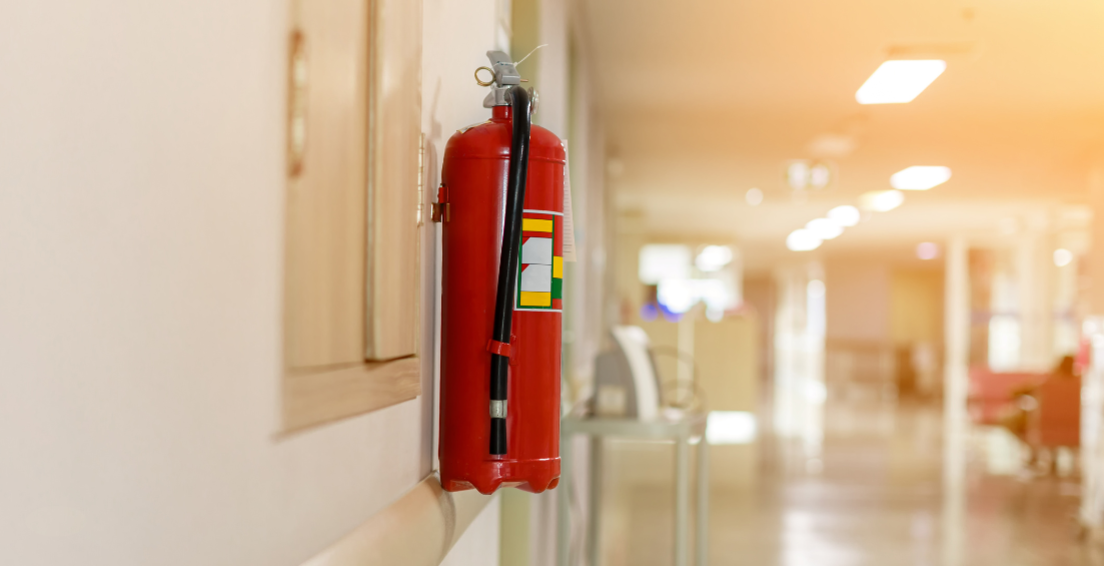Your Complete Guide to Fire Safety in Hospitals
Posted on 12th May 2023
Fire safety in hospitals is a top priority, considering the nature of these facilities and the number of vulnerable people within them. Hospital buildings require great care in every aspect of fire prevention.
Taking into consideration the possibility of having to evacuate people with mobility issues, adequate measures should be taken to allow enough time for occupants to safely leave the building in the event of a fire. Fire prevention in hospitals may prove more difficult than in other buildings.
In this article we look at the assessing fire hazards in hospitals and the fire safety precautions that need to be taken to ensure a hospital building is protected.
Assessing Fire Hazards in Hospitals
During a fire safety assessment the following hazards need to be inspected by a ‘responsible person’ in compliance with the Regulatory Reform (Fire Safety) Order 2005:
Medical Equipment
There are many combustible materials inside a hospital. Flammable gas cylinders and oxygen canisters are a particular concern. Such materials need to be stored and treated properly to prevent accidents. Energy-intensive surgical equipment should also be inspected regularly and meet all electrical loading protocols.
Kitchens
Kitchens pose a number of potential fire hazards from cooking fats to open fire sources. Hospital kitchens should be regularly cleaned to prevent the risks of substances catching on fire. They also have to be equipped with suitable fire safety equipment including fire doors.
Smoking
Smoking is fully banned from the majority of NHS hospitals in the UK, however, it can still pose a potential risk. Cigarette butts that haven’t been extinguished properly can start an ashtray fire that can spread rapidly and engulf a whole building. If a smoking area is installed, it should be located at a safe distance from the main hospital building.
Electrical Sockets
Faulty or overloaded electrical sockets are one of the leading causes of fires in hospitals. Due to the number of electrical equipment used in a hospital there are various potential hazards. Some of the major ones are overloaded sockets, defective or old wiring and short-circuits.

What Fire Prevention is Needed in Hospitals
There are numerous ways to ensure fire safety in hospitals. The best way to protect a hospital building from the risk of fire is by installing fire doors, dividing the building into manageable compartments and carrying out frequent fire risk assessments.
Fire Doors
Fire doors not only provide a way to quickly evacuate, they are also designed to be fire-resistant for a certain amount of time to stop the spread of fire. For NHS hospital buildings, fire doors should have a minimum fire rating of 30 minutes. In certain locations where evacuation might take longer, 90-minute fire rated doors might be needed.
For fire doors to function adequately, they need to be fitted with a self-closing bracket at the top and remain closed at all times. Fire doors also need to be clearly labelled as such for evacuation purposes. Fire door surveys should be carried out biannually to ensure they are all operational and there are no damages to the structure or fire resistant properties of the doors.

Fire Compartmentation
Fire compartmentation is another essential element of fire prevention in hospitals. By dividing the building into smaller compartments you can significantly slow down the spread of flames and smoke, and keep the fire contained in a single area of the building.
Appropriate fire compartmentation measures should be installed in high risk areas including rooms with sensitive equipment or flammable substances. Fire compartmentation surveys should be conducted annually to make sure it’s up to scratch.
Fire Risk Assessments
Lastly, to keep your hospital building safe, regular fire risk assessments should be done by an appointed 'responsible person', usually the employer, owner or any other person who may have control of any part of the premises.
Among other responsibilities, the responsible person in a hospital must appoint one or more ‘competent persons’ to carry out any preventative and protective measures that are required. They also need to provide employees with clear and up-to-date information on the risks identified during the assessment, measures that need to be implemented and how these measures will protect them in the event of a fire.
Ensure Your Building is Secure with GRJ Surveying
Here at GRJ Surveying, we help take care of fire safety in hospitals around the UK. As experts in passive fire protection we understand the importance of regular fire surveys in healthcare facilities and offer the complete solution to ensure your building is protected.
Our teams of experienced surveyors can carry out an inspection of your building, highlighting any issues that need to be urgently addressed.Based on our findings, we can also offer remedial work to make sure your building remains safe.
To enquire about our services, please don't hesitate to get in touch with our team. We'll be happy to help!
REQUEST A QUOTE
For more information about our services, please fill in the form below and a member of our team will be in touch.
Share this post:















